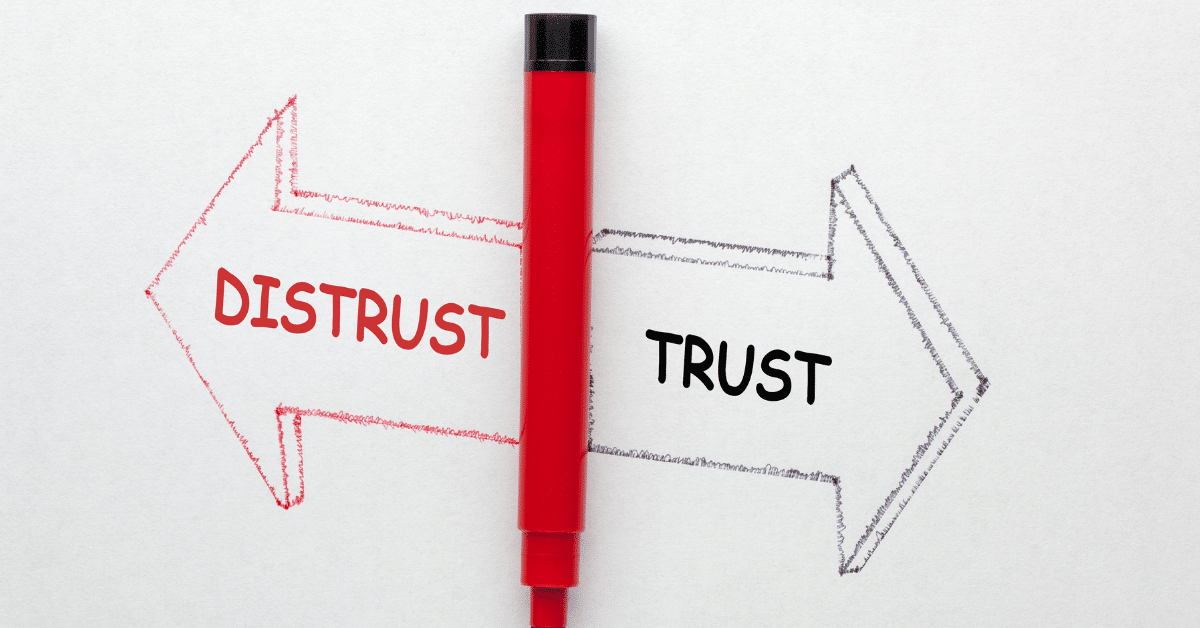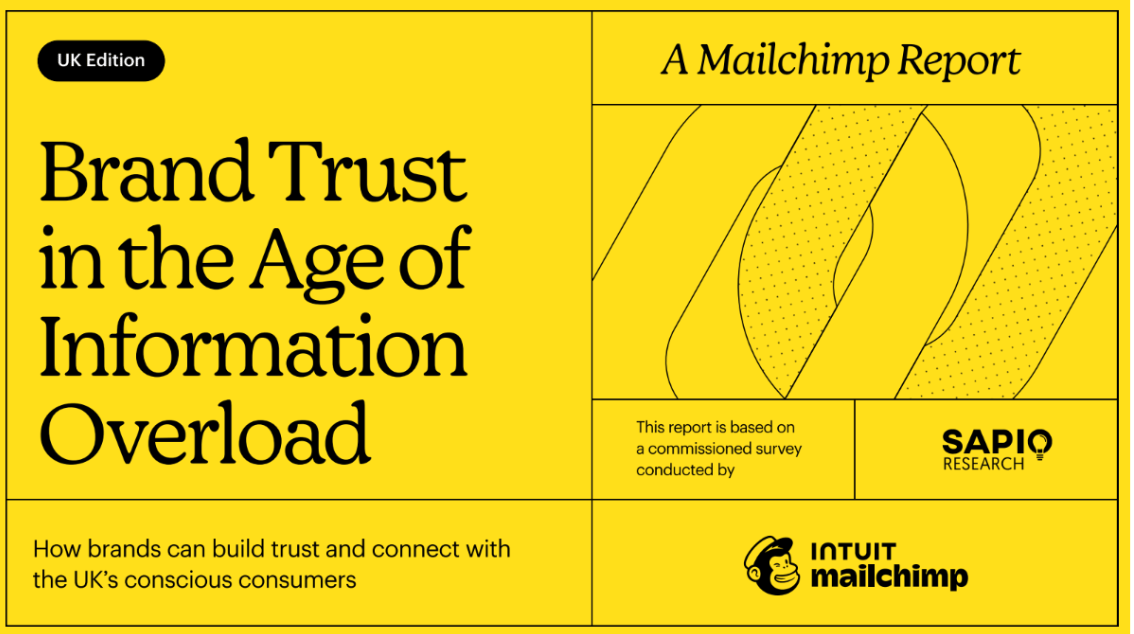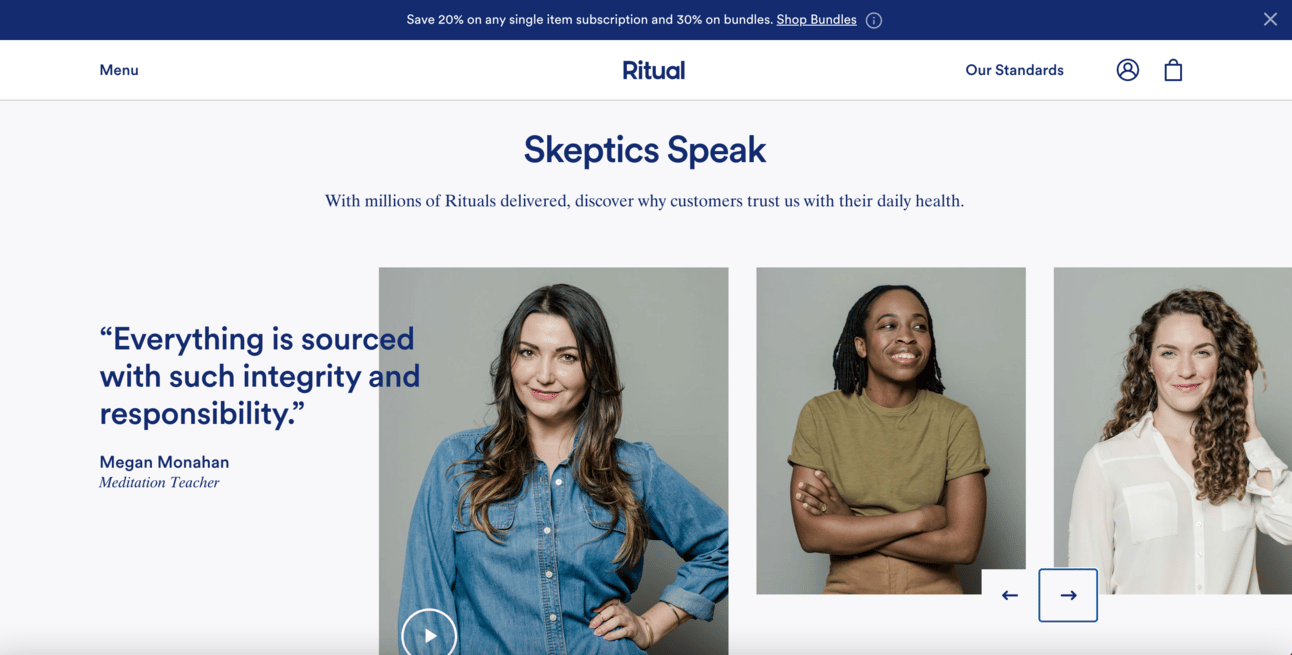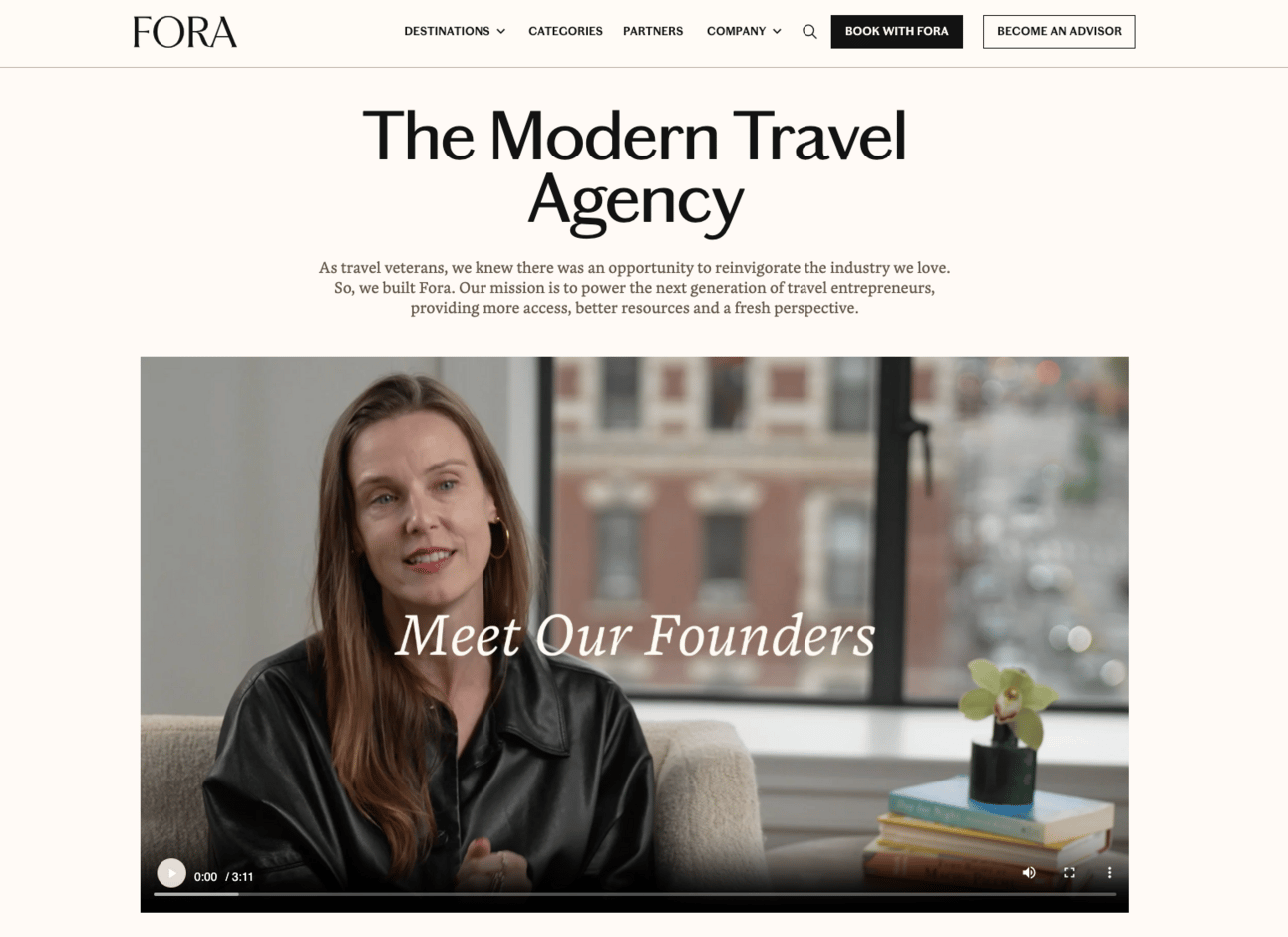- Minimum Viable Brand
- Posts
- How to Build Trust When No One’s Heard of You
How to Build Trust When No One’s Heard of You
Because when you're new, credibility isn’t inherited—you have to earn it.

The hardest part of being a new startup?
It actually isn’t building the product. It’s convincing people to believe in it—and try it.
When no one knows who you are, what you stand for, or whether you’ll still be around next quarter, credibility becomes your first real hurdle—not your free trial offer and not your pricing.
Ultimately, trust is the barrier.
Brand is how you lower it.
The invisible work of early-stage branding is building trust before you have traction, proof, or popularity.
The good news? There’s a playbook for that.

Brand trust is more critical to consumer engagement than ever. A 2024 Intuit Mailchimp study of 10,000 consumers across nine countries found that brand trust is the top factor driving purchase decisions—ranking above even free shipping and discount codes.
Step 1: Look real before you’re big
People judge how “real” your startup is in seconds. Before they read a single case study or fill out a demo request form, they’re scanning your site, logo, font choices, and tone.
It’s not about looking flashy. It’s about looking intentional. When your brand feels designed, clear, and consistent, it sends a subtle but powerful message: we know who we are, and we’re here to stay. And that gets interpreted as credibility.
In my experience with early-stage teams, the startups that get taken seriously early on aren’t always the ones with the most features. They’re the ones that look ready to be taken seriously—long before product-market fit is obvious.
So how do you look ready to be taken seriously? In case you forgot or are new to this newsletter, here’s the checklist:
Professional logo (even if simple)
Consistent typography and color use
A homepage that clearly says who you are and what you offer
Copy that sounds like it came from a human, not a boilerplate template
Your brand doesn’t have to scream. But it does have to signal: we’re here on purpose.
Step 2: Anchor to something familiar
When people can’t place you in their mental map of where you belong, they hesitate. The fastest way to lower the trust barrier is to situate your brand in the world they already know.
Some quick tactics:
Frame your product through a relatable moment: “Ever tried to cancel a subscription and ended up rage-clicking for 10 minutes? We fix that.”
Use social proof from credible individuals or communities: “I thought I needed to hire another consultant from Bain. Turns out I just needed this tool.”
Highlight the before/after transformation: “Before us: messy handoffs, lost files, and too many meetings. After us: clarity in one click.”
Name-drop and show logos of shared tools or workflows: “Works with Slack, Zoom, and Notion among other tools so you don’t have to rebuild how your team already works.”
Position against a category norm: “Other budgeting apps make you feel guilty. We help you feel in control.”
This isn’t about being showy. It’s about building a bridge. People trust what they can relate to and understand. Make your offering feel familiar enough to be safe, even if it’s new.

Ritual, a new supplement startup, builds instant credibility by leveraging thoughtful branding and social proof via strategic testimonials on its website.
Step 3: Speak with a strong point of view
Trust isn’t just about credentials. It’s also about conviction.
Brands that feel trustworthy don’t just describe what they do. They take a stand. They explain why they exist. They offer perspective, not just functionality.
Ask yourself:
What does your brand believe that others don’t?
What’s broken in your category…and how are you fixing it?
What change are you trying to lead?
When you express a clear, confident POV, people assume you know what you’re doing, even if you’re early.
Your brand voice plays a big role here. Whether you’re warm, sharp, quirky, or bold, consistency matters more than cleverness. A scattered voice reads as a scattered offering. A focused voice reads as leadership.
Step 4: Make trust easy to verify
Trust signals aren’t optional when you’re new—they’re foundational. So when it comes to sharing trust signals, think overshare.
Add real names and photos to your team page
Share your roadmap or progress updates
Link to press mentions, podcast interviews, or blog posts
Highlight early business customers, even if they’re small
Include FAQs that proactively address hesitation (“What happens to my data if I cancel?”)
Transparency = credibility. When you answer the questions people are afraid to ask, you move them closer to saying yes.

By showcasing its founders through high-production value video on its website, Fora, an emerging next-gen travel agency, adds a human touch that builds trust and personality into the brand.
Step 5: Act like a brand people can count on
Trust is built in the gaps: the email that gets answered quickly, the DM that gets a thoughtful reply, the onboarding experience that just works.
So even if your company is small, behave like a brand that takes its customer experience seriously.
Show up consistently
Follow through on small promises
Own mistakes early, and fix them visibly
Share progress openly (yes, even the messy parts)
In early-stage companies, every interaction is a brand interaction. And the founders who embrace that build loyalty while their competitors are still fiddling with pricing.
Final thought
If no one’s heard of you yet, that’s not a problem—it’s an opportunity. You get to shape the perception from scratch.
And here’s what I’ve learned from working with dozens of early-stage brands: trust doesn’t come after you succeed. It’s what gets you in the door.
You don’t need a TechCrunch feature or a Fortune 500 client to start acting like a real company.
You just need to show up with purpose, clarity, and care—and do it consistently.
That’s how belief begins.
Best,
Edwin